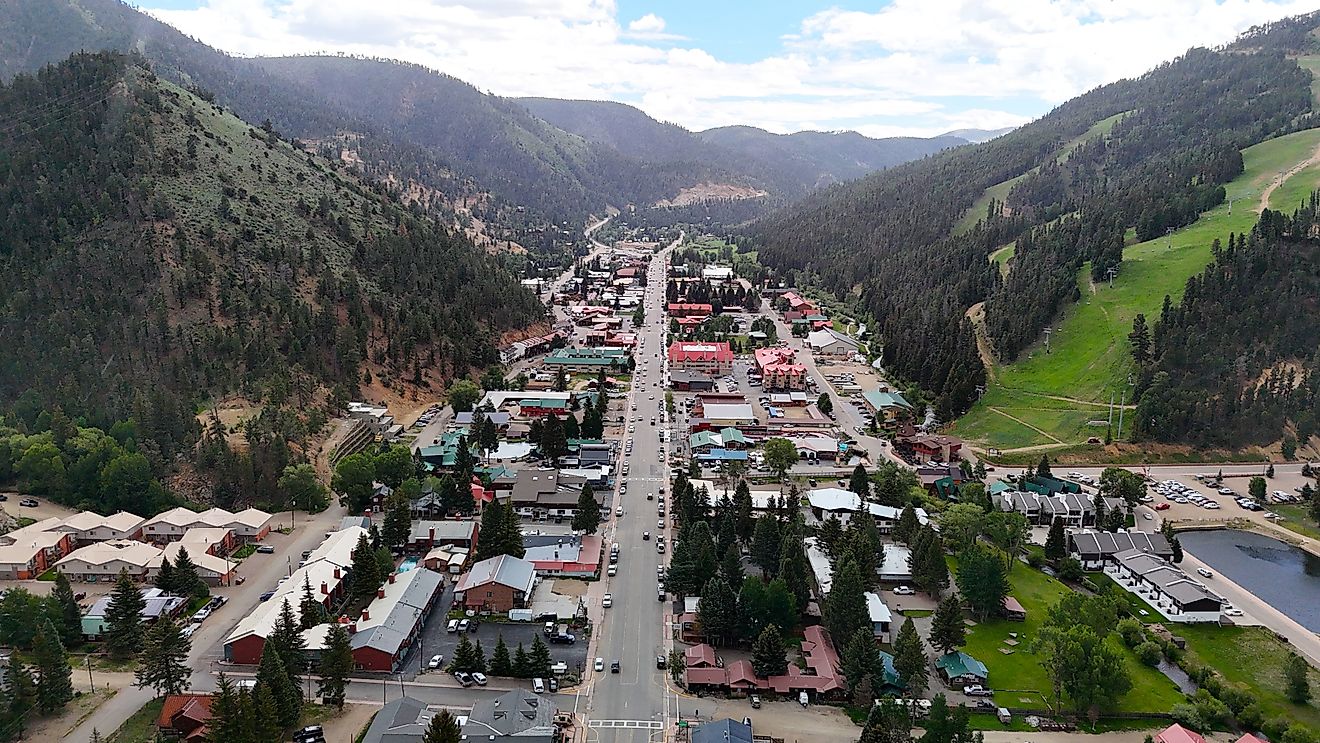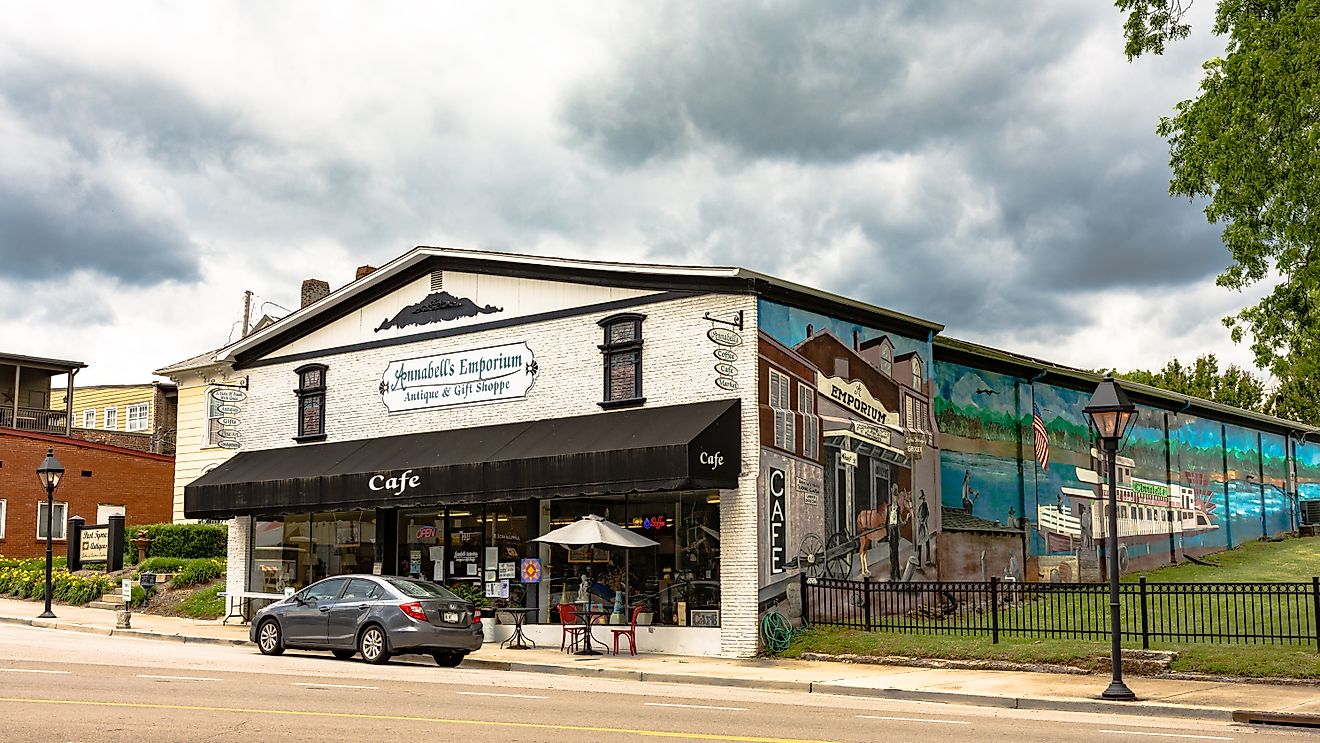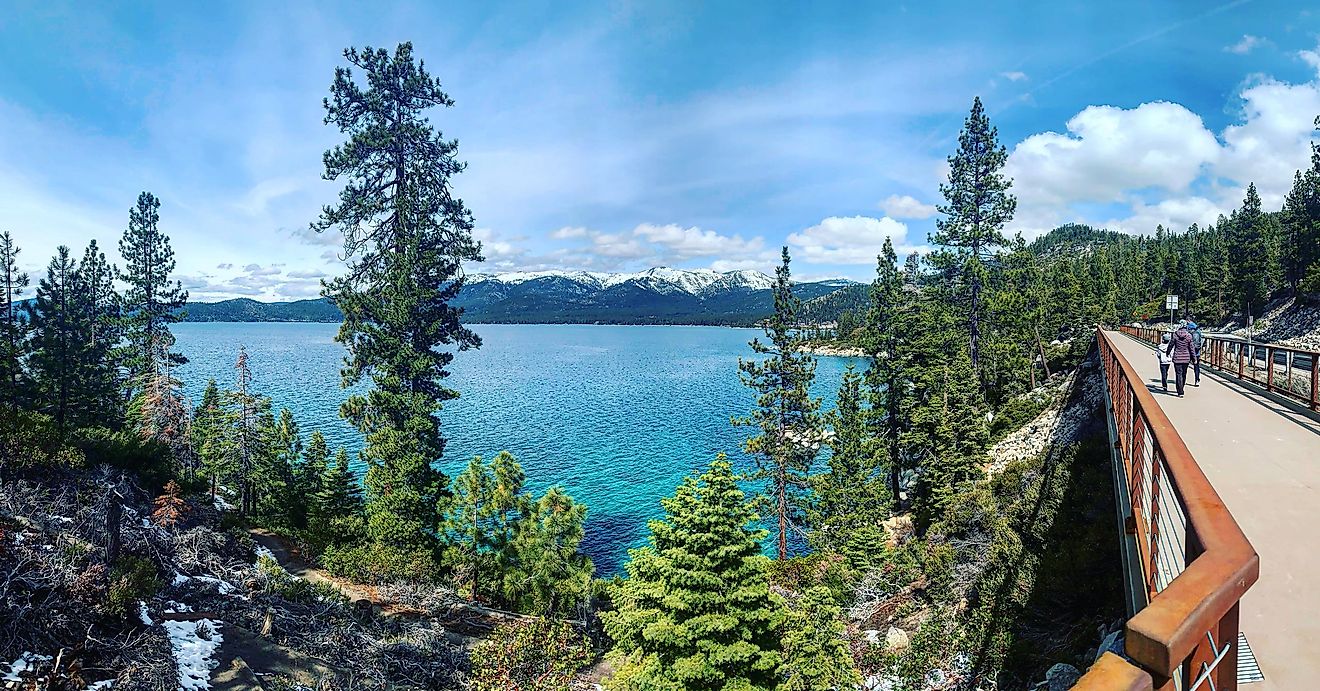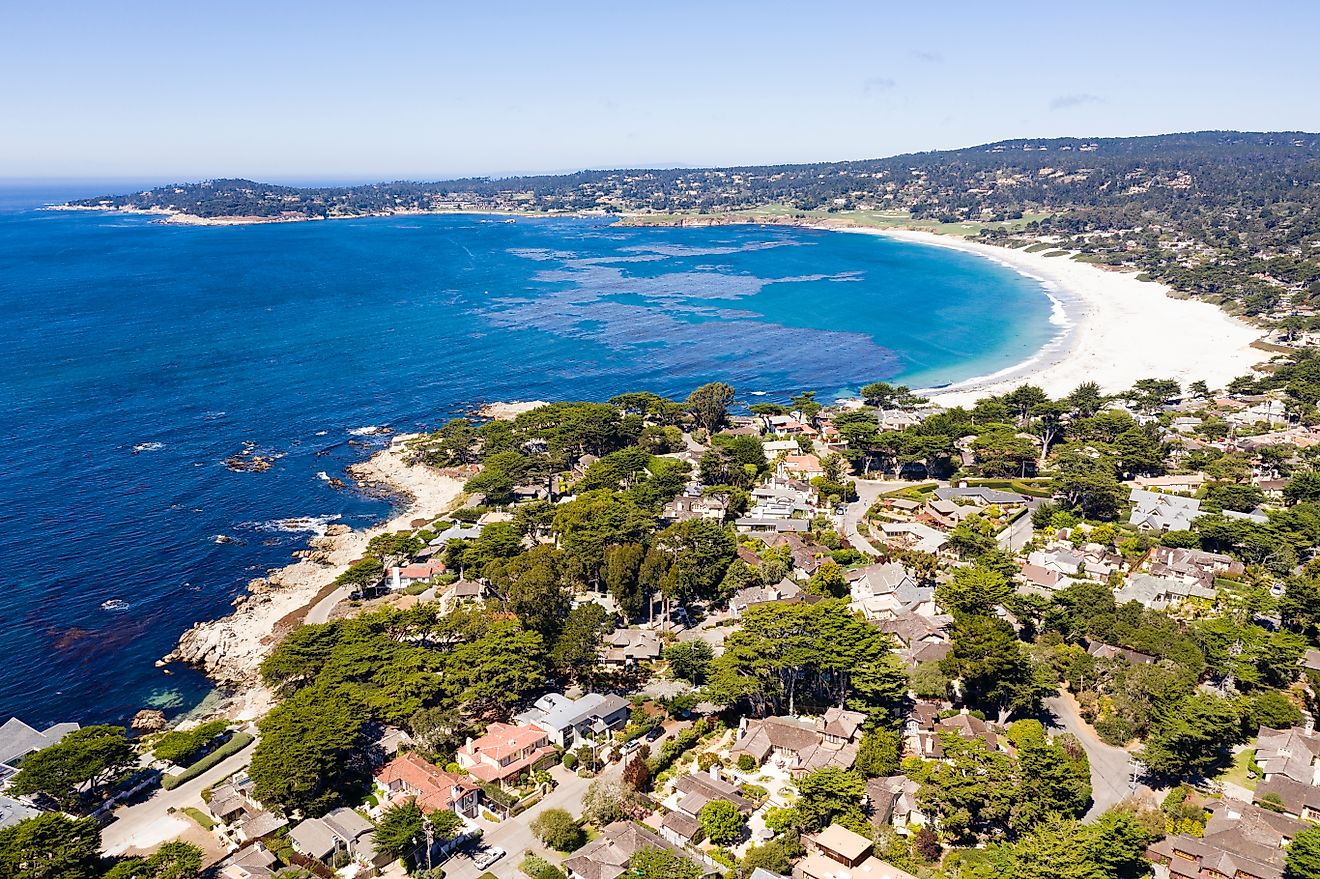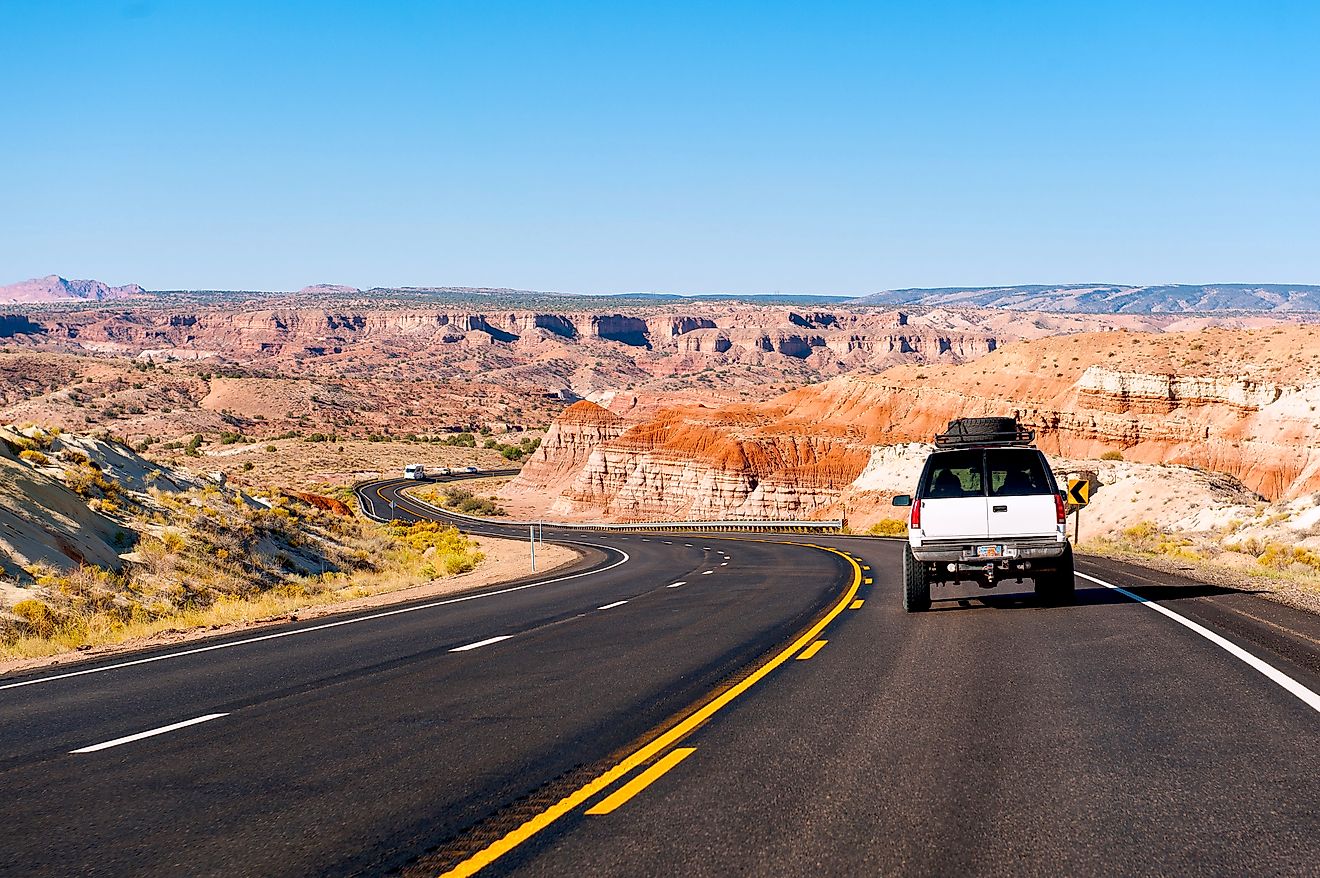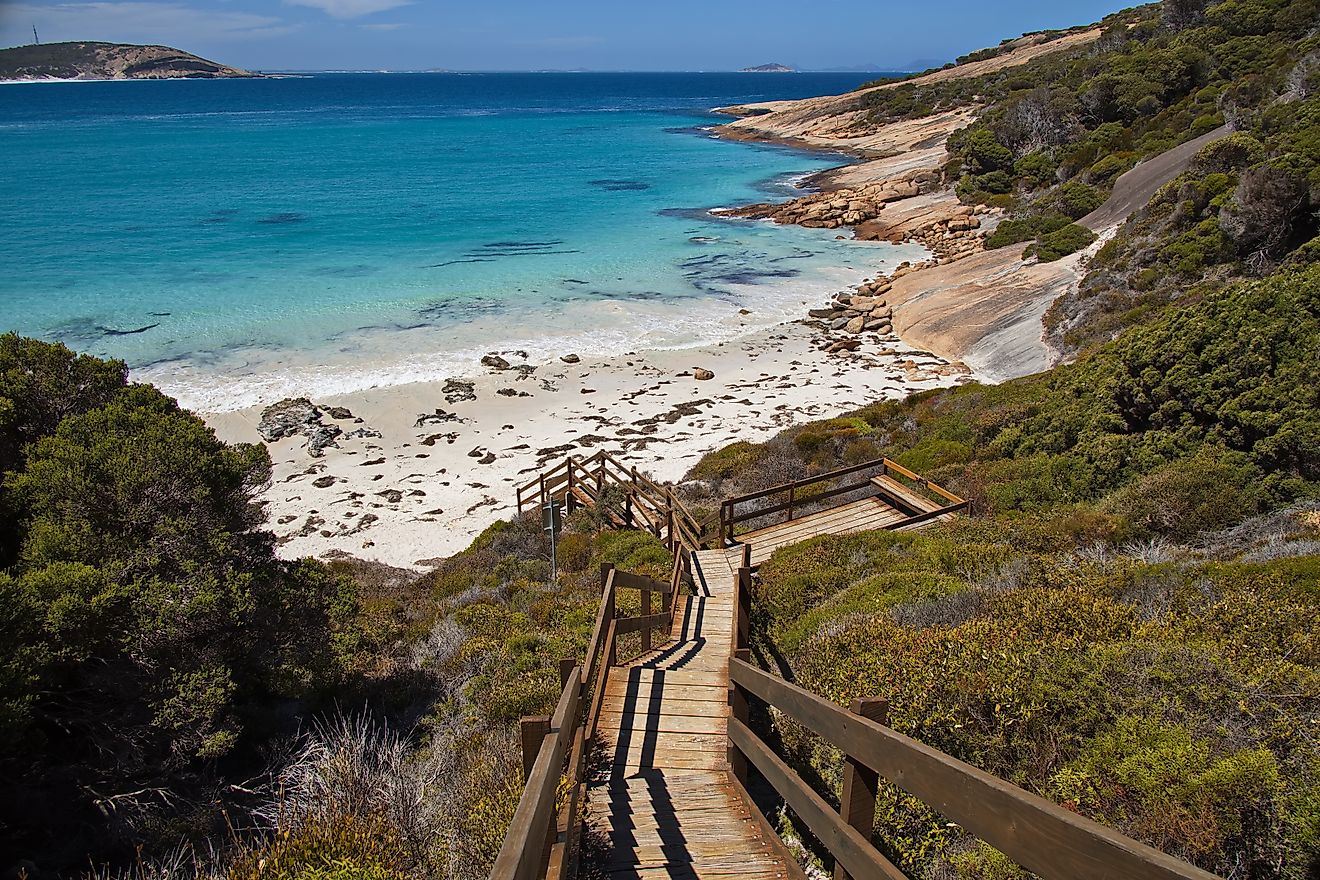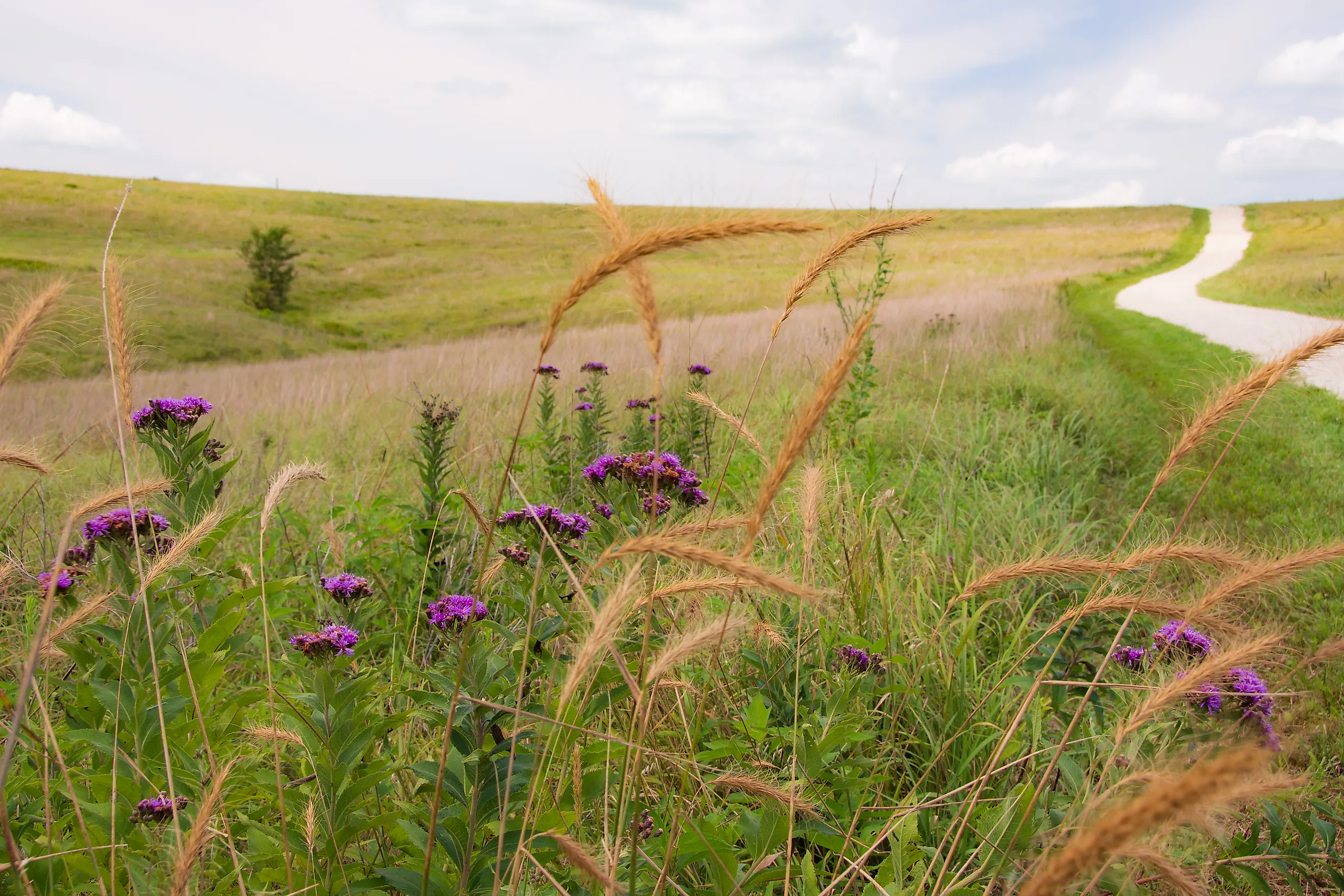
This Kansas Scenic Byway Is The Road Trip Of A Lifetime
When travelers imagine Kansas, they often picture endless flatlands, but it is actually home to a landscape full of native grasses and wildflowers offering sweeping views during every season. To get a true sense of the state's natural beauty, there is no better route to take than the Flint Hills Scenic Byway, a 48-mile stretch of Kansas Highway 177 (K-177) from Council Grove to Cassoday. Taken in slowly over the course of two days, this byway will reveal a living museum of historic landmarks, enduring prairies, and Midwest culture.
Prepare to venture through the largest remaining expanse of tallgrass prairie in North America, a landscape that once blanketed 170 million acres. Today, less than 4% remains, most of it preserved in the Kansas Flint Hills. This is not simply a road trip but a pilgrimage where the West begins, where the land has remained much the same for thousands of years, and where bison still roam.
Day 1: Council Grove to Cottonwood Falls
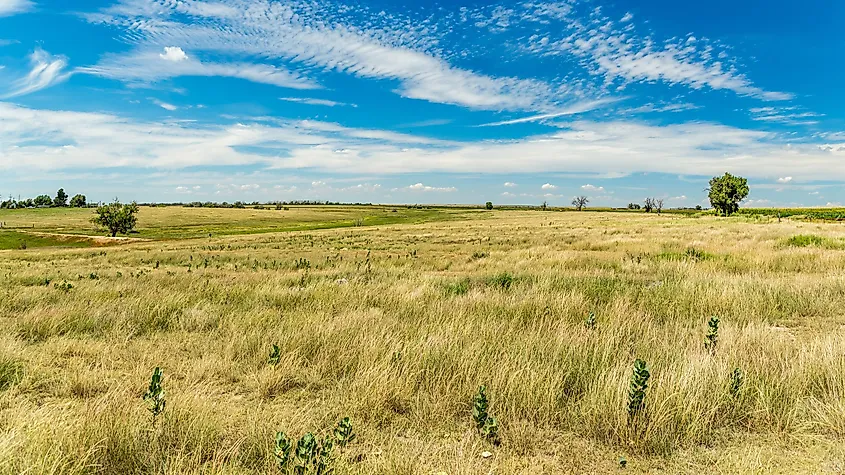
Situated at the north end of K-177, Council Grove provides the ideal starting point. Its historic downtown appears on the National Register of Historic Places. Visitors can see the Council Oak, where the first treaty was signed, granting passage on the Santa Fe Trail, known as America’s first international superhighway of trade and commerce. Council Grove contains more than 20 historic sites tied to the Santa Fe Trail, including the Last Chance Store, the oldest commercial building still standing in the city. Wagon trains once gathered here before venturing west, making it a gateway to the frontier.
Fuel up at Hays House. Established in 1857, it is the oldest continuously operating restaurant west of the Mississippi, still slinging classics such as chicken-fried steak, Cajun cowboy pasta, and catfish creole. Kansas derived its name from the Kaw (or Kansa) people, so a stop at the Kaw Mission State Historic Site provides insight into their story before their forced relocation to Indian Territory, now Oklahoma. After that, the Custer Elm, where Gen. George Custer and his regiment once camped while guarding the Santa Fe Trail, offers another glimpse into the past.
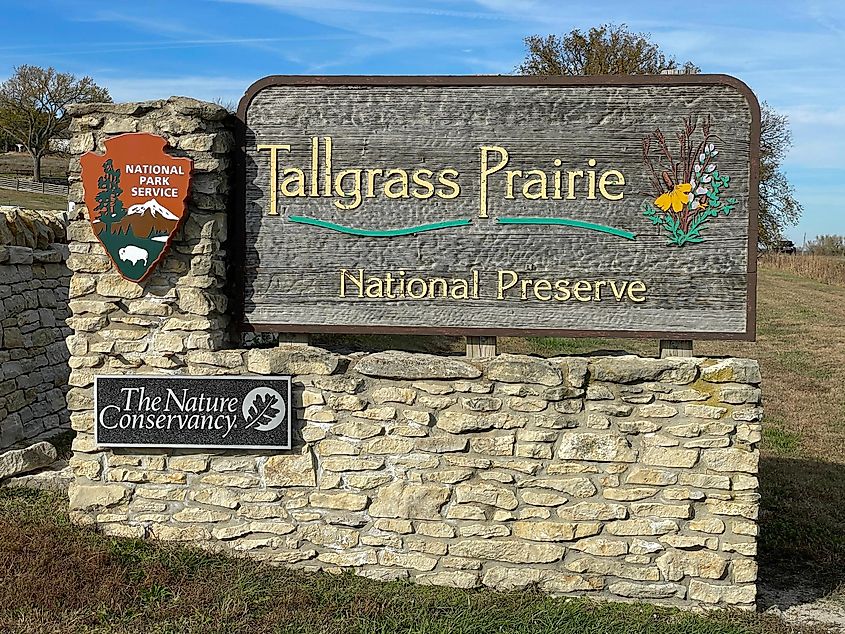
As travelers leave town, they are encouraged to tune their car radios to 1680 AM for facts and history about the byway. The Tallgrass Prairie National Preserve is a must-visit, where the prairie’s flora and fauna best reveal themselves on foot. Once a shallow inland sea between 200 and 300 million years ago, the land’s limestone and flint resisted the plow but not the cattle and bison that still graze. More than 40 miles of trails are available to hike, ranging from short loops to longer treks over rolling hills. In spring, controlled burns char the land only for it to return in a verdant flush. Summer blooms with wildflowers, autumn turns tallgrass gold, and winter keeps stark beauty beneath the big sky. The preserve also contains historic ranch buildings, including a 19th-century limestone barn that speaks to the endurance of early settlers.
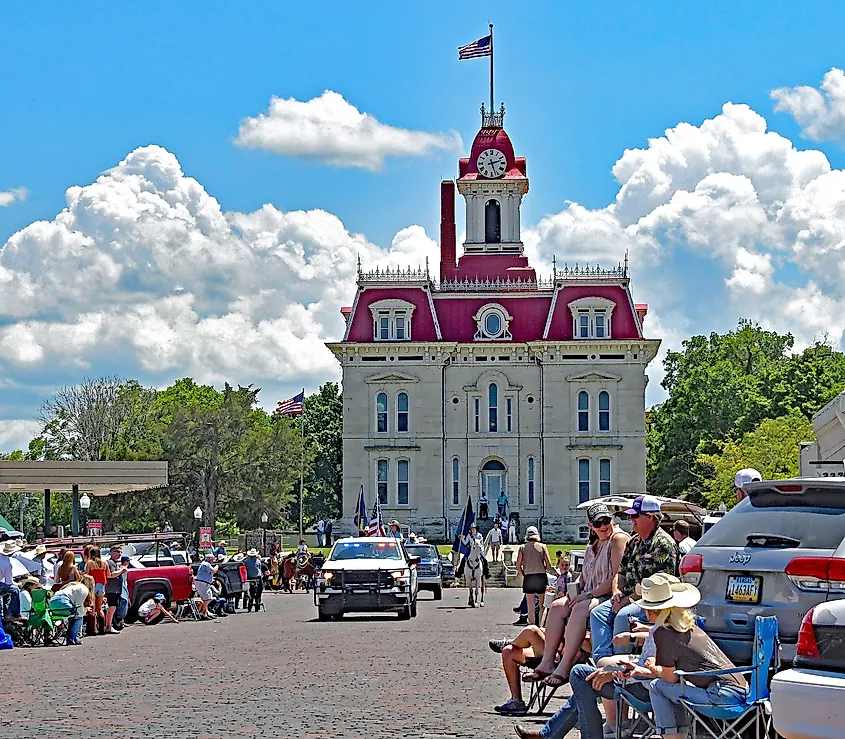
The day concludes in Cottonwood Falls, home to the Chase County Courthouse, the oldest still in use in Kansas. Builders completed the French Renaissance structure in 1873 using native limestone, the same material that shaped many monumental buildings across the nation. Overnight lodging at the Lark Inn promises antique pine floors, sunrooms, and sunrises with songbirds singing. Dinner at the Grand Central Hotel & Grill serves hand-cut steaks and bread pudding to cap off the night. As evening sets, the Flint Hills reveal some of the darkest skies in the Midwest, making them the perfect location for gazing at the stars and Milky Way.
Day 2: Cottonwood Falls to Cassoday
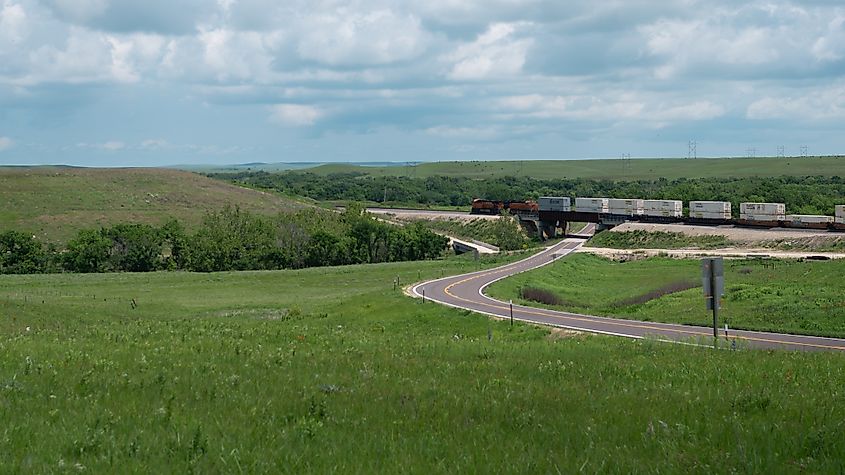
Heading south, the byway dips and rises with the rhythm of the hills. A scenic viewpoint gives elevated vistas of ranchland and stone-lined pastures. At Pioneer Bluffs, visitors to the Flint Hills Ranching Heritage Center can learn how ranching traditions continue to shape the region. Further down the road, Matfield Green may be small, but it is home to world-class art that expresses the surrounding textures and colors of the land. The PrairyArt Path is a four-mile walk through sculpture and historic remnants, reminding travelers how art and nature share the same canvas.

The byway concludes in Cassoday, where birders gather in spring to witness the courtship dances of greater prairie chickens, a ritual as old as the hills. The Cassoday Historical Museum, housed in the original Santa Fe Depot, recalls the days when nearly one million cattle were shipped out by rail. For a detour, you can head east to Teter Rock, a limestone monolith that serves as a memorial to James Teter, who erected the original on the highest hill to guide pioneers searching for Cottonwood River in the late 19th century. Nearby El Dorado provides lodging and easy access via U.S. Highway 54 (U.S. 54) or Interstate 35 (I-35), while Matfield Station back in Matfield Green is a lovingly renovated bunkhouse overlooking BNSF Railway tracks.
Where Bison Still Roam
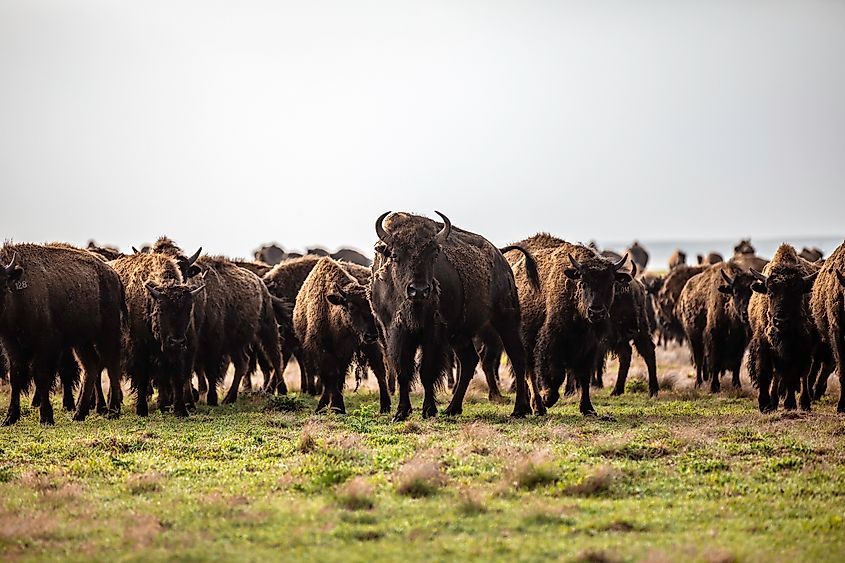
The Flint Hills Scenic Byway is more than a drive; it is a voyage through the agricultural heartland of the United States, where cattle thrive and bison still graze. With its golden tallgrass speckled with wildflowers, you will no doubt have the road trip of a lifetime. Travelers begin at the crossroads of western expansion, where Native Americans met with the first settlers, and continue into a wilderness preserved mostly as it has been for millennia. Whether for the expansive views, heritage landmarks, or living ranching culture of the Flint Hills, this journey rewards travelers in every season with a deeper appreciation of the boundless and enduring state that is Kansas.
